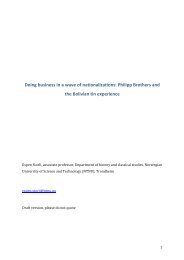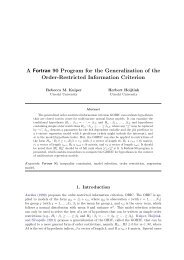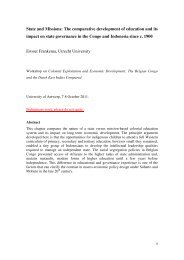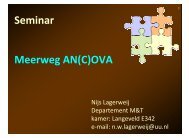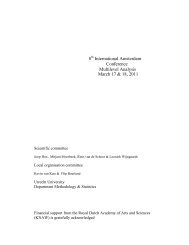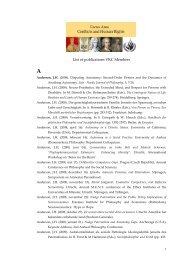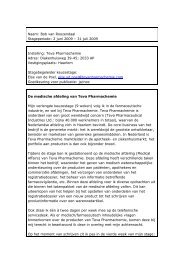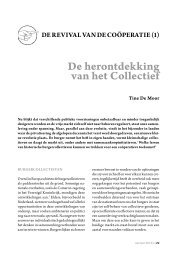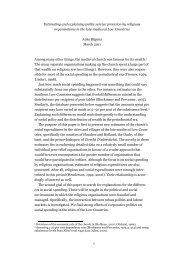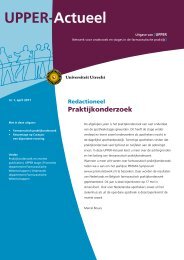New Approaches to Medieval Communication?1
New Approaches to Medieval Communication?1
New Approaches to Medieval Communication?1
You also want an ePaper? Increase the reach of your titles
YUMPU automatically turns print PDFs into web optimized ePapers that Google loves.
18 MARCO MOSTERT<strong>Communication</strong>It is common knowledge that without communication human society isinconceivable. A society presupposes collaboration, and <strong>to</strong> enable this, communication,the exchange of information, is essential. Information comprisesboth statements (knowledge, ideas, beliefs) and instructions (purposes, valuesand norms). Thanks <strong>to</strong> the exchange of information people may influence oneanother’s hearts and minds. Without that influence no durable society is feasible;nor would it be possible for human individuals <strong>to</strong> hold their own biologicallyor psychologically. <strong>Communication</strong> aids the satisfaction of biologicalneeds: obtaining food and drink, protection, safety and procreation. Not onlyin his physical growth, also in his psychological development man depends oncommunication. It also plays a role in the development and satisfaction ofinterpersonal needs: recognition, status, affection, building the image that anindividual has of himself and of his (social and physical) environment.Some fifty ways in which human beings may communicate among themselveshave been distinguished, and dozens of disciplines study communication.It is therefore not surprising that many definitions have been proposed,most of which go back <strong>to</strong> the theory which the electrical engineer ClaudeShannon developed for the American Bell company. Shannon published hisMathematical Theory of <strong>Communication</strong> in 1948. 15 To understand this theory,profound mathematical knowledge is necessary. Yet Shannon’s outline hasproven influential outside the physical sciences. He distinguishes (1) a sourceof information, (2) a sender which encodes the message, (3) a channel whichconveys the encoded message from the sender <strong>to</strong> the receiver, (4) a receiverwhich decodes the message, (5) the destination of the message, and (6) interferencewhich causes the signal produced by the sender not <strong>to</strong> be receivedintact by the receiver. This outline applies <strong>to</strong> all forms of communication. Inthe case of human speech, for instance the source is the person who wants <strong>to</strong>impart a message, the sender is his voice which encodes the message in certainvibrations of the air, the channel is the air through which the sound wavestravel, the receiver is the human ear which decodes the vibrations of the humanvoice, the destination is the listener (or listeners), and the interference is causedby all sorts of more or less fortui<strong>to</strong>us circumstances (such as air vibrationsproduced by others than the speaker) which disturb the transmission of information.Shannon was interested in the maximum of information that could betransmitted per unit of time, with the minimum of interference. He was not15 No. 28 (SHANNON, 1949).



